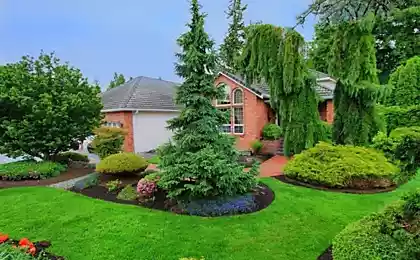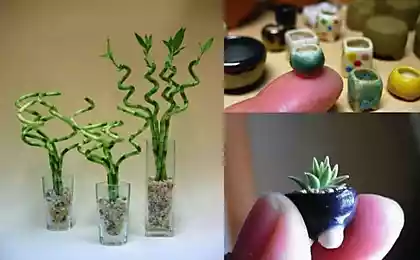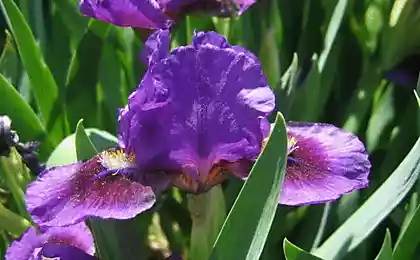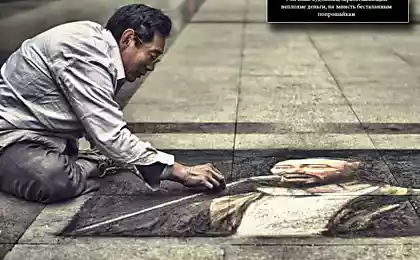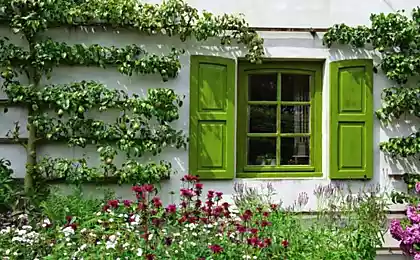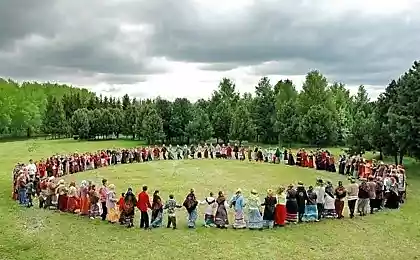632
Bonsai - the art of live thumbnails
Bonsai the art of growing dwarf trees. Most ordinary people think of bonsai, and ikebana, is a Japanese invention. However, the art is originated in the 3rd century BC in Ancient China, and in VII century ad and spread to the Japanese archipelago.

The history of bonsai is associated with the time in Ancient China there was a fashion to reduced the layouts of the towns, gardens, farmland. Table "live card" at first included only the models of houses and roads, but then art is quickly developed. Among other "accessories" for dummies were invented dwarf trees. In China they are called "pan-Cai", and in Japan the name was changed to "bonsai".

It was here, in Japan, the art of bonsai was perfected. Here for millennia developed a classification system of "mini-trees" depending on their size, type, crown shape. The tiny trees-bonsai (mame) have a size of 2.5 cm and "giant" bonsai (Bonzo) is more than 1 meter.
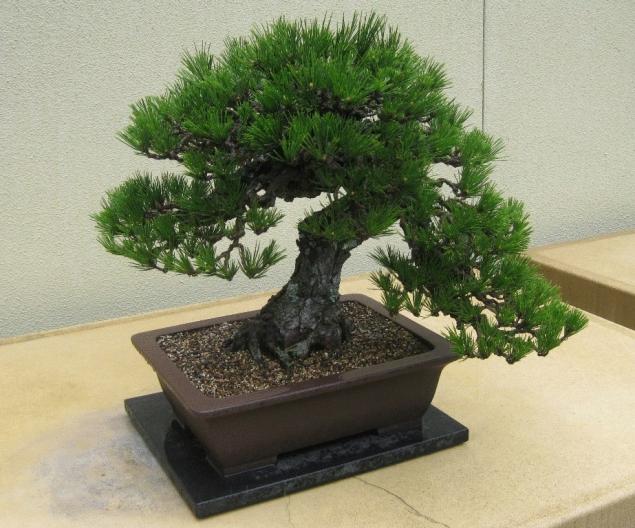
Bonsai is a real tree, but grown in a pot (30 cm in diameter) and reduced to manual size. Ways of achieving such a "minimalist" enough: peculiarities of cultivation and different methods of pruning. Be sure trees are grown in the air. Not a trivial task Creator's bonsai is to make the trees were thick trunk, otherwise it will not be to repeat exactly the outlines of the adult trees. There are tricks and techniques. Either way, the reduction tree compared to a normal instance occurs in 60 – 80 times, while bonsai has all the proportions of a real "adult" tree. Through the use of various agricultural techniques master bonsai achieve that in a few decades, the tree grows up to 50 cm best suited for bonsai trees conifers (pine, cypress). However, from hardwood cherry, beech and also maple get "wood miniatures".
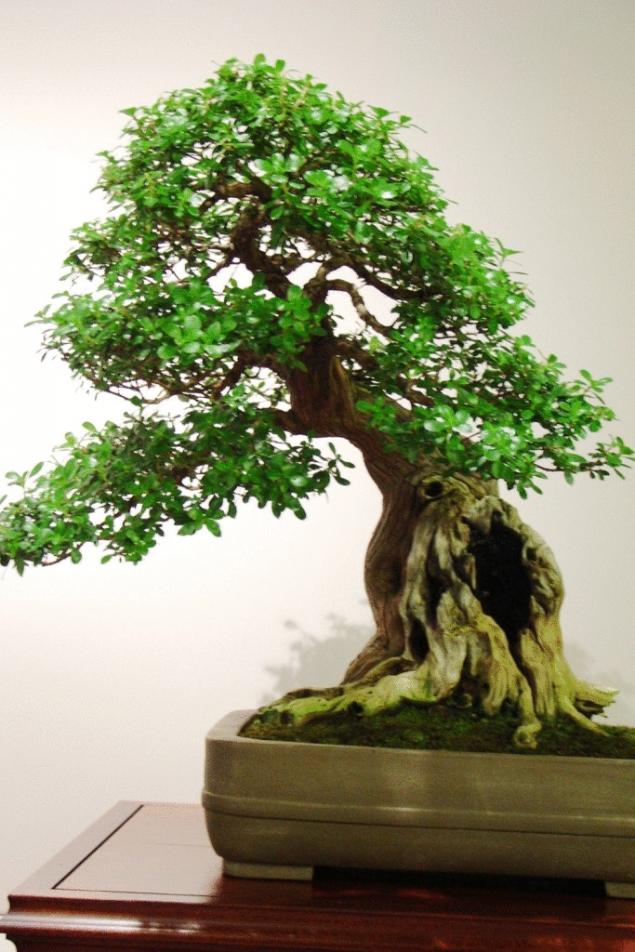
Trees grown in the technique of bonsai, there are many decades. Japanese bonsai families inherited, thus symbolizing the memory of generations, passing on the philosophy of the ancestors up the family tree.
Source: /users/155

The history of bonsai is associated with the time in Ancient China there was a fashion to reduced the layouts of the towns, gardens, farmland. Table "live card" at first included only the models of houses and roads, but then art is quickly developed. Among other "accessories" for dummies were invented dwarf trees. In China they are called "pan-Cai", and in Japan the name was changed to "bonsai".

It was here, in Japan, the art of bonsai was perfected. Here for millennia developed a classification system of "mini-trees" depending on their size, type, crown shape. The tiny trees-bonsai (mame) have a size of 2.5 cm and "giant" bonsai (Bonzo) is more than 1 meter.

Bonsai is a real tree, but grown in a pot (30 cm in diameter) and reduced to manual size. Ways of achieving such a "minimalist" enough: peculiarities of cultivation and different methods of pruning. Be sure trees are grown in the air. Not a trivial task Creator's bonsai is to make the trees were thick trunk, otherwise it will not be to repeat exactly the outlines of the adult trees. There are tricks and techniques. Either way, the reduction tree compared to a normal instance occurs in 60 – 80 times, while bonsai has all the proportions of a real "adult" tree. Through the use of various agricultural techniques master bonsai achieve that in a few decades, the tree grows up to 50 cm best suited for bonsai trees conifers (pine, cypress). However, from hardwood cherry, beech and also maple get "wood miniatures".

Trees grown in the technique of bonsai, there are many decades. Japanese bonsai families inherited, thus symbolizing the memory of generations, passing on the philosophy of the ancestors up the family tree.
Source: /users/155








